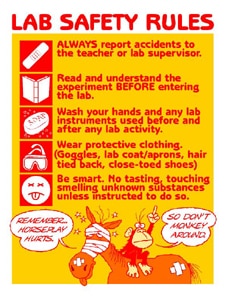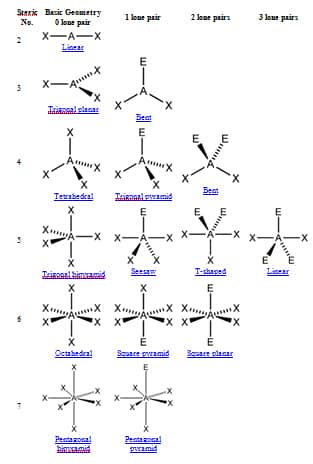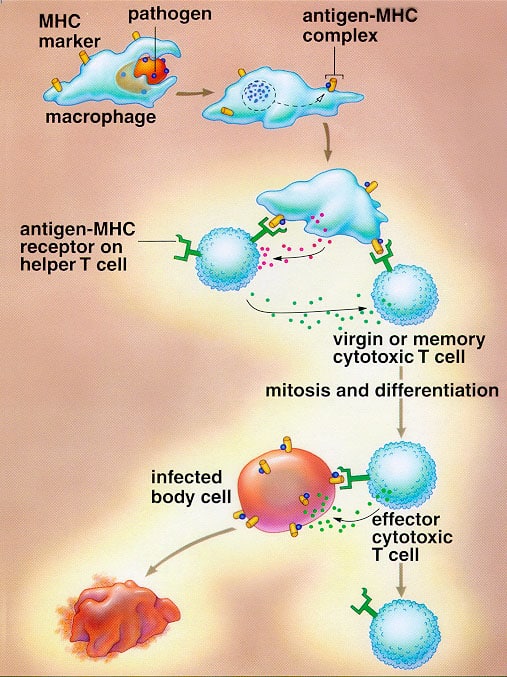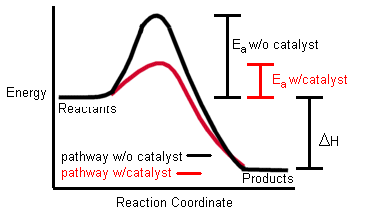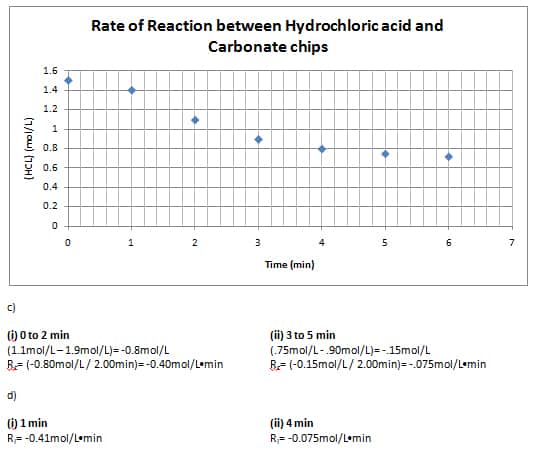Lab Safety Rules
The laboratory is a safe place to experiment if you are careful and familiar with all the equipment. You must assume responsibility for the safety of yourself and your neighbours. This paper outlines the steps to use for safety and first aid in this classroom. Student bags or backpacks and coats are not permitted in…

